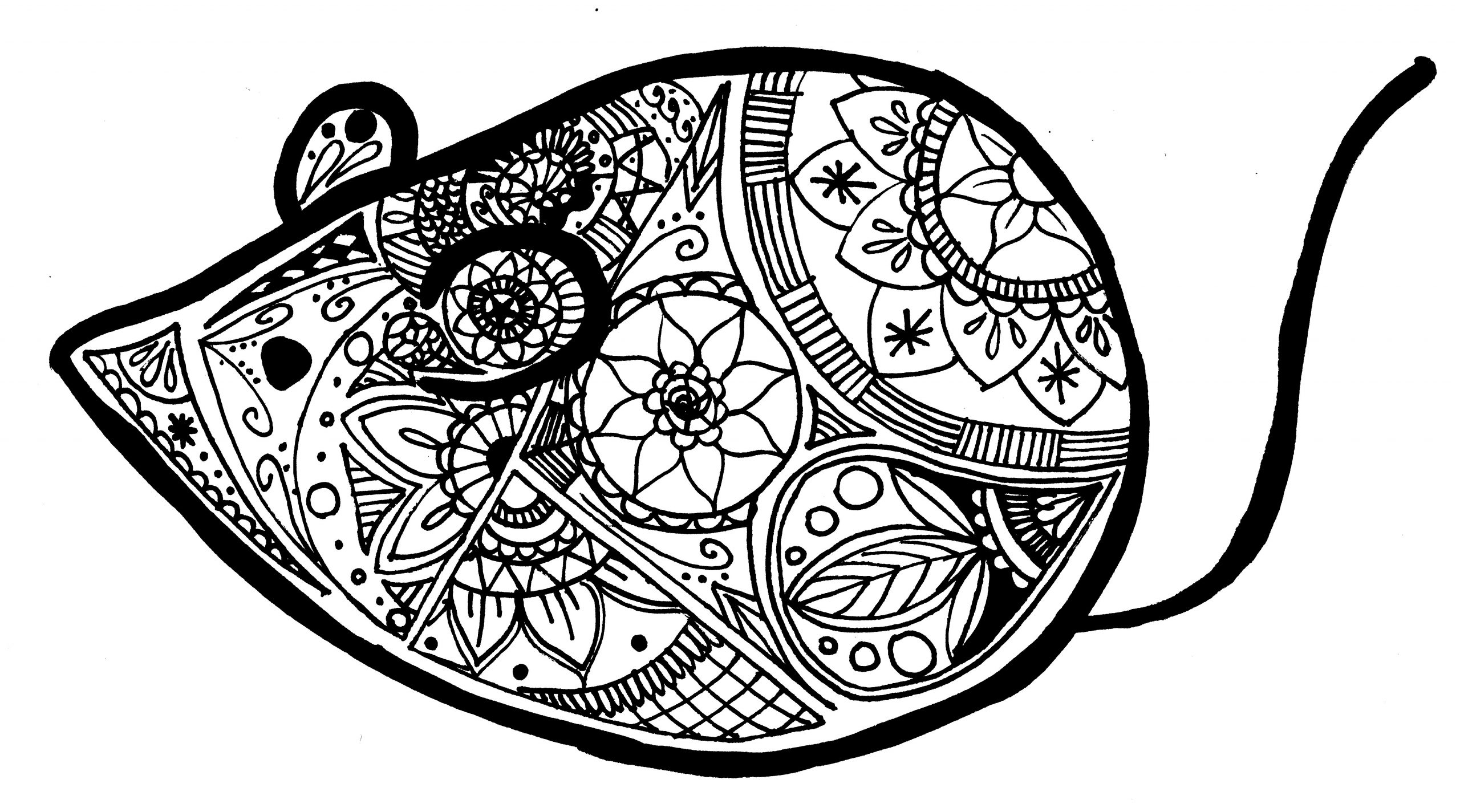This week’s lecture made me realize the large role media technology plays in politics. Last week, in a similar sense, we were able to witness how much of an impact a politician can make when they use technologies such as the radio and how the people were starting to be able to get their demands through. However, the documents and videos for this week really showed how the weaker side of the social hierarchy; the people(especially the mid to lower class), the opposition party of a dictatorial regime, etc., were able to get there voice through not only throughout the nation but to an international audience as well. Also, Dawson talks about how the full unedited video of the Augas Blancas Massacre was able to “lift the veil from government secrecy”. This reminded me of the videos of police brutality. At a glance, it may seem like the number of cases of police brutality seems to be increasing in recent years but I’ve come to realize that’s not entirely true. It’s just that more cases are being recorded. I think the video of the massacre is a very good example of how modern technology became a tool for civilians to fight for their rights and expose corrupt governments.
The document I want to focus on is the video of La Alegria ya viene from the No campaign in Chile. I saw a couple of versions that were linked to the page for this week. The video seemed to stand out from the others. While the other videos and texts, such as the interview of the Madres, address tragedies and the pain which follows them, as well as their strong anger towards the corrupt and indifferent government, this music video is so bright and hopeful. The videos of the Madres and the Massacre being the reality for the people, although staged, the light-hearted, optimistic message of the no campaign must have been very appealing to the Chilean people. On another note, I thought the video for the “artisras” version of the song looked very similar to USA for Africa-We Are the World. Since the We Are The World came out in 2015, it could be possible that the campaign took inspiration from the song. If so, it would be an indicator of how much of an influence not only the US government but the US culture had on Latin American politics.
Discussion questions:
Do you think video recording of events that are not staged can be biased?
Would the no campaign in Chile have been as successful as they were if they took a more political, structured approach?
